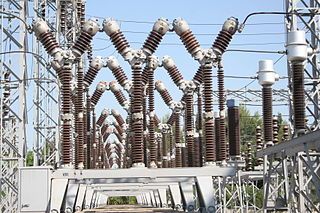Rethinking the Regulation of Our Electric Utilities

The New York Times claims electric power utilities are “in almost panicked tones… fighting hard to slow the spread” of rooftop solar.
Obviously, this is not what we want, as American power consumers. After all, we’re managing our budgets, but we’re also managing the health of our lungs and ecosystems.
It’s time to rethink the entire enterprise of regulating utilities, as there are so many things different about what we want from them today, as compared to 100 years ago when all of this was established. In particular, we want to encourage them to sell us less, not more energy. We want clean energy – and a sharp ramp-down of coal. This means investments in grid infrastructure of all types: energy storage, smart meters, high-voltage transmission lines, consumer awareness programs that encourage efficiency and conservation, and yes, installation of solar (as well as microwind, geothermal, etc.).
The good news here is that some of this may already be underway. As I wrote a few months ago, it appears that there is a progressive force in the U.S. Federal Energy Regulatory Commission. If FERC chief nominee Ron Binz lives up to what I’ve read about him, he really is the man for the job, as he appears to be both willing and able to rewrite the way utilities are regulated, paving the way for a far more aggressive tack vis-à-vis energy efficiency and renewables.
On a related note, all this smart grid stuff really does sit squarely on the critical path to the integration of renewables. I feel so strongly about this that I’ll soon be focusing the efforts of one of our interns on research to identify the very best and most overlooked smart grid solutions, for inclusion into our list of green energy investment opportunities.

“In 43 of the 50 states, net-metering programs force them to pay home-owners the retail rates of electricity for any extra that the customer may want to sell back to the grid, meaning that the customer gets to use the distribution system for free.” … This passage seems a little misleading and perhaps disingenuous. My example is on my XCEL bill… I pay a standard Service and Facility Fee $6.75, a Renew. Energy Std Adj $.75 and Franchise Fee (3%) … although my 5.2Kw system through the summer season produces more electricity than I consume (w/ 2 Chevy Volts … smile). I pay for the privilege of being connected to the grid, and I pay these fees regardless if I’m consuming over what I’m producing or visa versa. It isn’t free.
Well, the comment was not deliberately misleading, and it was not at all disingenuous, but it have have been, dare I say it… ignorant? 🙂
Thanks for the correction; I encourage you to write more on the subject. May I send you an invitation to become a guest blogger?